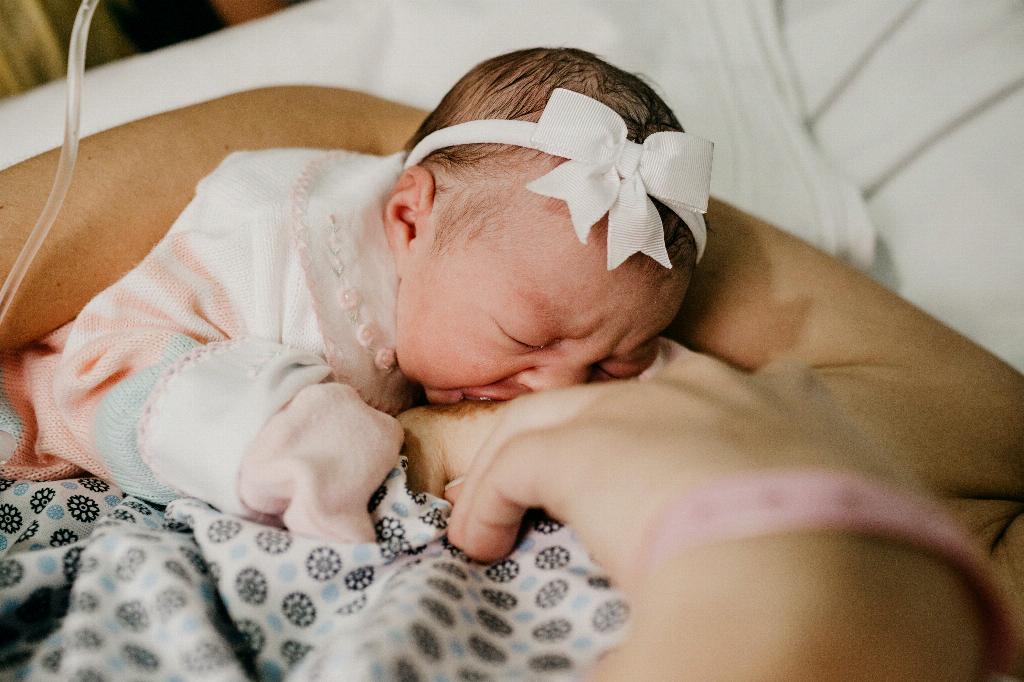When it comes to the practice of side-lying breastfeeding, there are a few essential factors to consider in determining its safety for newborns. One thing to keep in mind is that while this position can offer nursing mothers a way to rest and breastfeed simultaneously, there are potential risks involved that must be carefully weighed. The safety of side-lying breastfeeding for newborns is a complex issue that requires thorough examination.
It’s crucial to acknowledge that falling asleep while breastfeeding in a side-lying position can lead to an increased risk of smothering the baby. This risk arises due to the possibility of the mother inadvertently rolling onto the infant while asleep, potentially obstructing the baby’s airway. This scenario highlights the importance of being vigilant and staying alert during side-lying breastfeeding to ensure the safety of the newborn.
Furthermore, the risk of smothering during side-lying breastfeeding is higher in certain situations, such as when the mother is extremely fatigued or under the influence of medication that may impair her awareness. These factors can compromise the mother’s ability to respond promptly to any potential issues that may arise while breastfeeding in the side-lying position.
On the other hand, when practiced safely and with caution, side-lying breastfeeding can offer numerous benefits for both the mother and the newborn. This position can be more comfortable and relaxing for the mother, allowing her to rest and bond with her baby during feeding sessions. Additionally, side-lying breastfeeding can promote skin-to-skin contact, which is beneficial for both emotional bonding and milk supply.
One key consideration in ensuring the safety of side-lying breastfeeding is to create a safe sleep environment for the baby. This includes ensuring that the mattress is firm and flat, with no pillows, blankets, or other potential suffocation hazards present. It’s also essential to avoid sleeping with the baby on a couch or armchair, as these surfaces pose an increased risk of accidental suffocation.
Another important aspect to consider is the positioning of the baby during side-lying breastfeeding. The infant should be placed parallel to the mother’s body, with their nose aligned with the nipple to facilitate proper latching and breathing. This positioning can help minimize the risk of obstruction and ensure that the baby can feed comfortably and safely.
For mothers who choose to engage in side-lying breastfeeding, it’s crucial to remain conscious and alert throughout the feeding session. This means staying awake and attentive to the baby’s cues, ensuring that both the mother and the infant are in a safe and secure position throughout the feeding process. By maintaining awareness and taking necessary precautions, mothers can minimize the potential risks associated with side-lying breastfeeding.
In conclusion, the safety of side-lying breastfeeding for newborns depends on various factors, including the mother’s awareness, the sleep environment, and the positioning of the baby. While this breastfeeding position can offer benefits in terms of comfort and bonding, it’s essential to prioritize the safety of the newborn above all else. By practicing caution, remaining vigilant, and creating a safe sleep environment, mothers can safely engage in side-lying breastfeeding while promoting the well-being of their infants.

